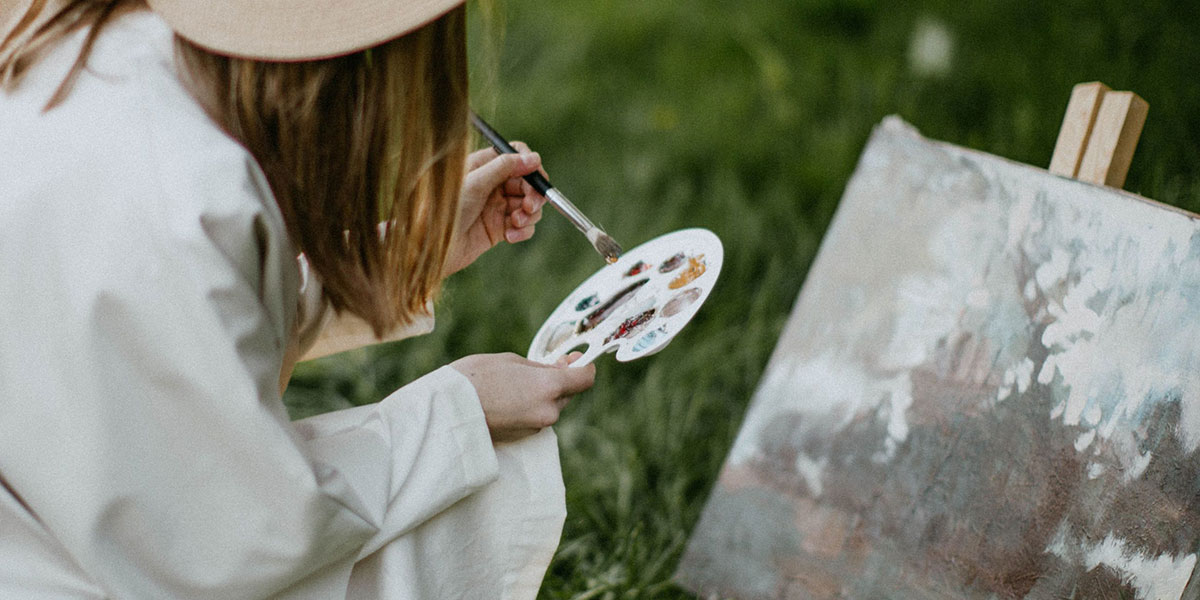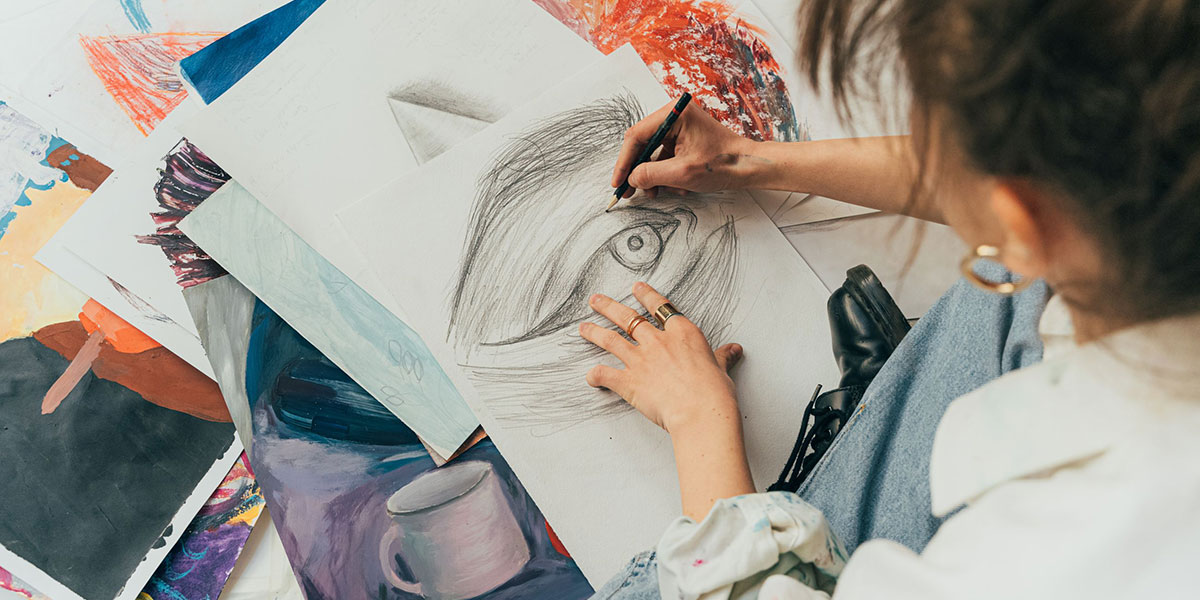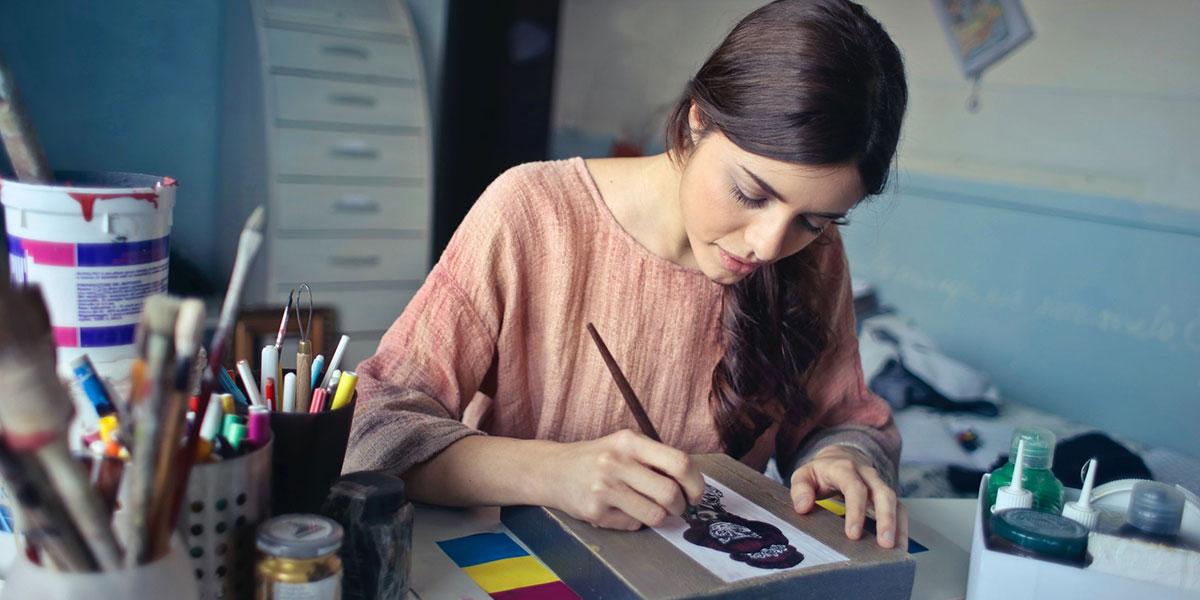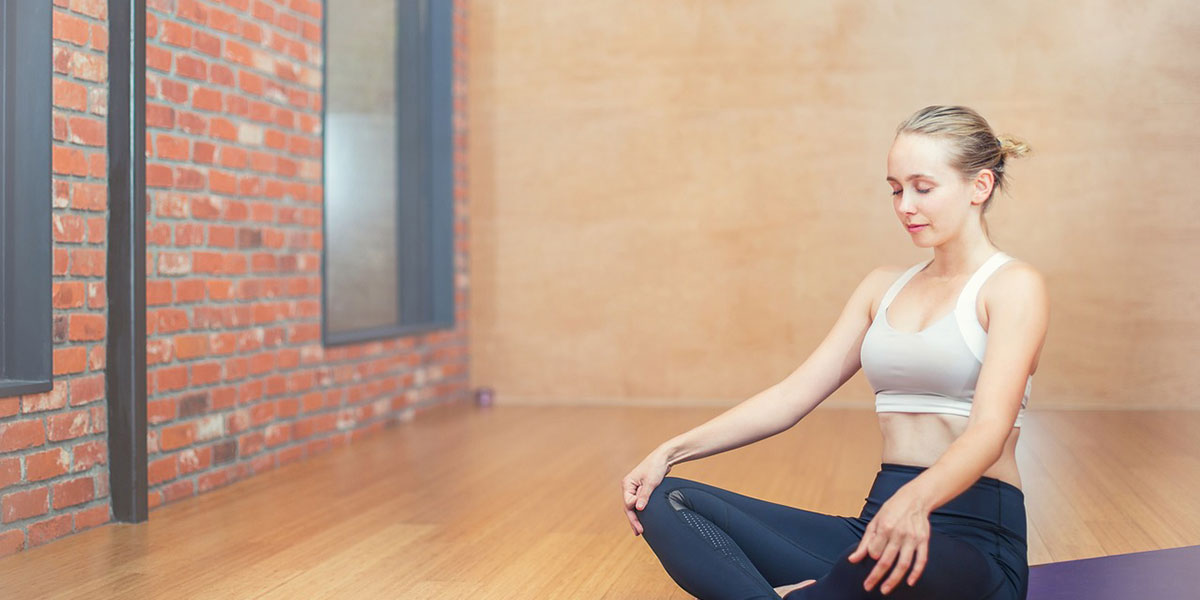In a world where the pace of life often seems to accelerate, and the demands on our mental and emotional well-being can feel overwhelming, finding effective avenues for healing and self-expression is paramount. This article delves into the captivating realm of creative recovery, an approach that harnesses the power of artistic expression as a therapeutic outlet. Through the strokes of a brush, the words on a page, or the melodies of a song, creative recovery offers a unique and transformative path towards personal growth and emotional healing.
Art therapy, as an integral part of creative recovery, plays a pivotal role in this journey. It provides a safe and nurturing environment where individuals can explore their inner landscapes, confront emotional challenges, and discover new facets of themselves. The potential benefits of art therapy are profound, ranging from enhanced self-awareness and emotional release to empowerment and stress reduction. In this article, we will unravel the depths of creative recovery and how it can be a catalyst for healing and self-discovery.
Art as a Form of Expression
Art, in all its myriad forms, stands as a powerful conduit for self-expression. It offers a unique and profound way to communicate thoughts, emotions, and experiences that may be challenging to articulate verbally. Here’s how art serves as a formidable means of self-expression:
1. Visual Language: Art allows individuals to create a visual language that transcends words. Through colors, shapes, lines, and textures, artists can convey the depth and complexity of their inner worlds. Whether it’s a vibrant painting, a delicate sculpture, or an abstract composition, every creation is a reflection of the artist’s thoughts and emotions.
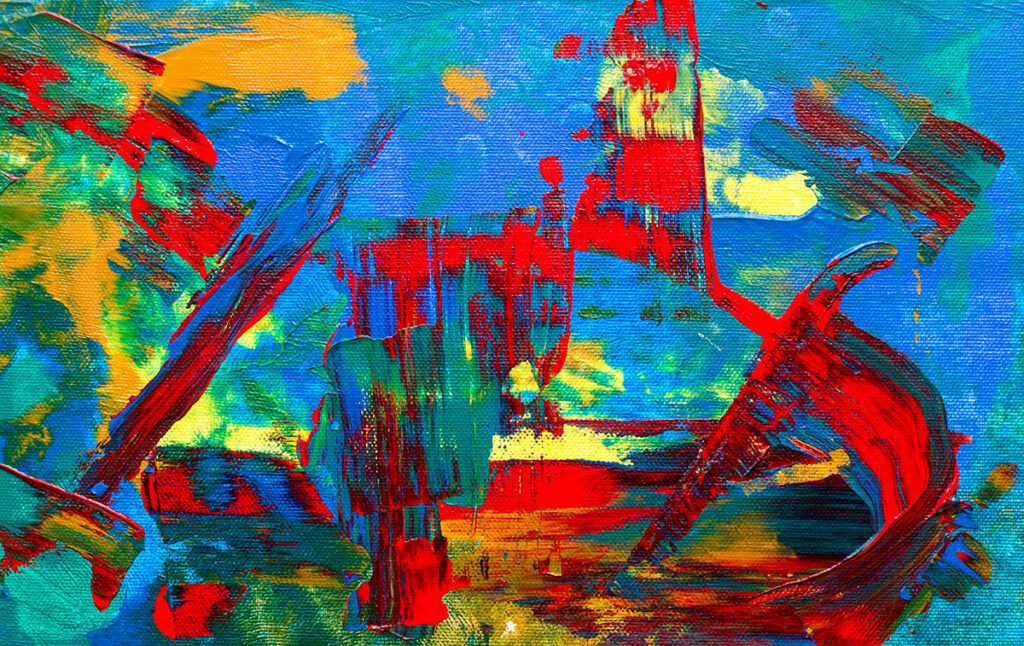
2. Freedom from Linguistic Constraints: Not everyone finds it easy to express themselves through words. For some, language may feel limiting or inadequate to convey the full spectrum of their feelings. Art liberates individuals from these linguistic constraints, offering an alternative mode of communication that feels natural and unrestricted.
3. Symbolism and Metaphor: Art allows individuals to employ symbolism and metaphor to explore abstract concepts or deeply personal experiences. For example, a simple image, like a bird in flight, may symbolize freedom and transcendence for one person, while it could represent escape and vulnerability for another. These symbols provide a rich tapestry for self-exploration.
Discuss the Significance of Non-Verbal Communication in Therapy
In therapeutic contexts, the significance of non-verbal communication cannot be overstated. While traditional talk therapy relies on verbal communication, art therapy expands the therapist’s toolkit to include non-verbal expression. Here’s why non-verbal communication, particularly through art, is invaluable in therapy:
1. Accessing the Unconscious: Art can reveal thoughts and emotions that individuals may not be consciously aware of or are hesitant to express verbally. It allows therapists to access the unconscious mind and uncover hidden or repressed feelings.
2. Bridging Cultural and Language Barriers: Art transcends cultural and linguistic differences, making it a universal form of communication. This makes art therapy accessible to individuals from diverse backgrounds who may struggle with language barriers in traditional therapy.
3. Reducing Defensiveness: Some individuals may feel guarded or defensive when discussing their problems directly. Creating art can provide a safe and non-threatening way to address sensitive issues, making therapy more approachable.
Emotional Release through Art
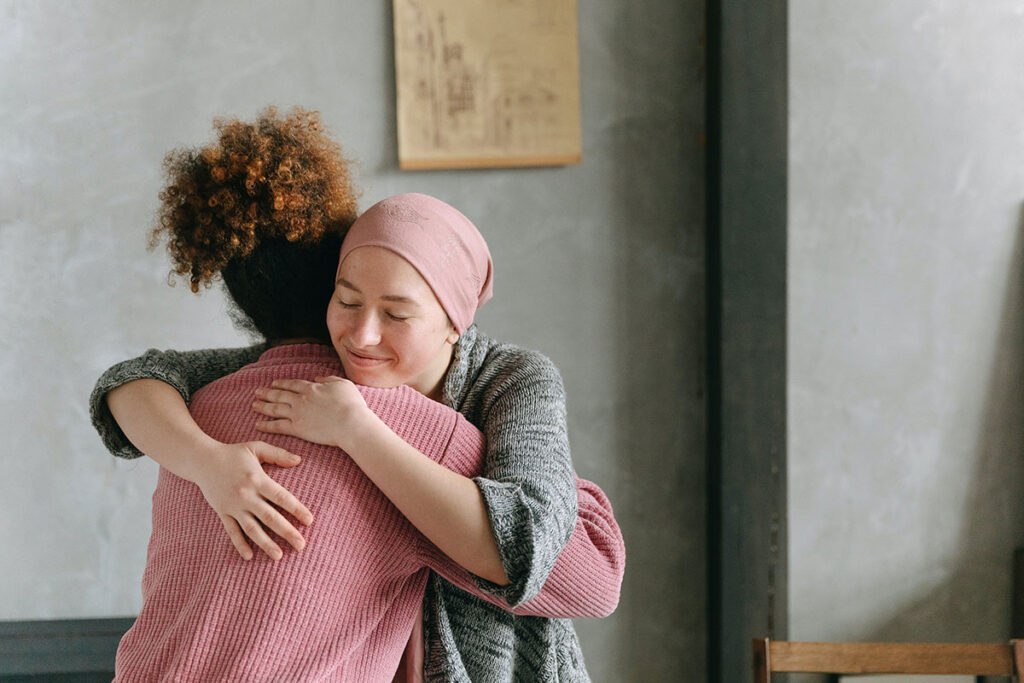
Explore how creative activities can help individuals release and process emotions.
The act of creating art is inherently cathartic, allowing individuals to release and process their emotions in a therapeutic manner. Here’s how creative activities facilitate emotional release:
1. Transmutation of Emotions: Through art, individuals can transform their turbulent or overwhelming emotions into tangible forms. For example, using bold, fiery colors might represent anger, while gentle, flowing lines can convey a sense of calmness. This process of externalization can be immensely relieving.
2. Safe Exploration: Art provides a safe and controlled environment to explore and confront difficult emotions. It enables individuals to approach their feelings at their pace, reducing the fear of being overwhelmed by them.
Emotional Benefits of Art Therapy
1. Healing from Trauma: Imagine a survivor of a traumatic event who struggles to articulate their experiences verbally. Through art therapy, they may create a series of powerful paintings that vividly depict their journey from pain and fear to resilience and hope. The act of painting becomes a therapeutic process of healing and empowerment.
2. Coping with Grief: In the case of someone grieving the loss of a loved one, the creation of a memorial art piece may serve as a profound means of honoring their memory and navigating the complex emotions associated with loss. This tangible expression becomes a source of solace and remembrance.
The Therapeutic Process of Creative Recovery
Self-Exploration and Reflection
Engaging in creative activities is a profound journey of self-exploration and reflection. It encourages individuals to delve deep into their inner landscapes and discover personal insights that might otherwise remain hidden. Here’s how creative activities facilitate this process:
1. Unearthing Subconscious Thoughts: Creative activities, whether it’s sketching, writing, or crafting, often tap into the subconscious mind. As individuals immerse themselves in the creative process, thoughts, and emotions, they weren’t consciously aware of my surface. This provides an opportunity for introspection.
2. The Value of Introspection: Introspection, the act of examining one’s thoughts and feelings, is a vital component of the therapeutic process. Through creative recovery, individuals can reflect on their art and, in doing so, gain a deeper understanding of their psyche. This self-awareness becomes a stepping stone toward personal growth and healing.
Stress Reduction and Mindfulness
Art can serve as a powerful tool for stress reduction and mindfulness, promoting mental and emotional well-being. Here’s how it accomplishes this:
1. Relaxing and Meditative Practice: Engaging in creative activities demands focus and concentration, drawing individuals into the present moment. This immersion in the creative process is inherently meditative, providing a respite from the stresses of daily life. It becomes a form of self-care, a time to recharge and find solace.
2. The Role of Mindfulness: Mindfulness, the practice of being fully present and non-judgmental, is central to stress reduction and emotional balance. Art encourages individuals to be mindful of their thoughts, feelings, and sensations as they create. This heightened awareness can lead to reduced anxiety and a greater sense of peace.
Empowerment and Healing Through Art

Creative recovery empowers individuals to take control of their healing process. It offers them a sense of agency and self-efficacy. Here’s how this empowerment unfolds:
1. Agency in Self-Expression: Through creative activities, individuals gain a sense of agency over their thoughts and emotions. They learn that they have the power to express themselves in ways that are uniquely personal and authentic. This realization fosters a sense of empowerment.
2. Taking Ownership of Healing: Creative recovery encourages individuals to actively participate in their own healing journey. It promotes the idea that healing is not solely the domain of therapists or medications, but is a collaborative effort where individuals have an active role to play.
Personal Empowerment
Real-life anecdotes and studies vividly demonstrate the profound personal empowerment that art therapy can bring. Here are some examples:
1. Overcoming Addiction: An individual struggling with addiction might use art therapy to create a visual representation of their journey towards sobriety. The act of creating this narrative empowers them to see themselves as the hero of their story, capable of overcoming challenges.
2. Reclaiming Identity After Trauma: Survivors of trauma often grapple with feelings of disempowerment. Through art therapy, they can create art that reflects their strength and resilience. This process empowers them to redefine their identity beyond the trauma they’ve experienced.
These stories and studies underscore that art is not just a passive outlet for emotions but a dynamic force for personal transformation and empowerment. In the subsequent section, we will explore how art enables individuals to transform their experiences, including pain and adversity, into meaningful and beautiful creations.
Want to know if art therapy is for you? In the following article, we talk about it: Painting Your Way to Wellness: Art Therapy and Emotional Healing.
The Role of Community and Support
Community-Based Art Therapy

Community-based art therapy programs offer numerous benefits for individuals seeking creative recovery and therapeutic support. These programs emphasize the value of a shared creative experience within a supportive community context. Here’s why they are so impactful:
Group therapy, frequently incorporates art therapy, creates a space where individuals can connect with others who share similar struggles and experiences. This sense of camaraderie can be immensely comforting and reassuring, reducing feelings of isolation.
In a community of like-minded individuals, there is a unique level of understanding and empathy. Participants in art therapy groups often find that they can communicate and relate to each other on a profound level, even without extensive verbal dialogue.
One of the key psychological benefits of community-based art therapy is the sense of belonging it fosters. Individuals feel they are part of a supportive network that values their creativity and emotional expression.
Personal Growth and Well-Being

Beyond Healing: Personal Growth
Creative recovery extends beyond healing; it is a catalyst for personal growth and enhanced well-being. It offers individuals the tools to not just cope with challenges, but to thrive and flourish. Here’s how:
1. Self-Discovery and Fulfillment: Engaging in creative activities can reveal new facets of one’s personality and interests. This process of self-discovery can lead to a greater sense of purpose and fulfillment.
2. Enhanced Resilience: Creative recovery equips individuals with coping mechanisms that go beyond therapy sessions. It instills resilience, helping individuals better navigate life’s inevitable ups and downs.
3. Improved Quality of Life: By incorporating creativity into their lives, individuals can experience a heightened sense of joy, satisfaction, and overall well-being. Creative pursuits provide an outlet for joy, laughter, and a sense of accomplishment.
Seeking Professional Guidance
Working with Art Therapists
While creative recovery can be a profoundly personal journey, it is often beneficial to seek guidance from art therapists or mental health professionals who specialize in this field. Here’s why professional guidance is valuable:
Art therapists possess specialized training in both art and psychology, allowing them to tailor creative activities to an individual’s specific needs and goals. Furthermore, professional art therapy sessions provide a safe and confidential space where individuals can explore their emotions and experiences without judgment.
Art therapists can design therapeutic interventions that align with an individual’s unique challenges and strengths. This customized approach enhances the effectiveness of the creative recovery process.
Conclusion: Embracing Creative Recovery
In conclusion, creative recovery offers a remarkable pathway to healing, self-expression, personal growth, and enhanced well-being. Throughout this article, we’ve explored the power of creativity in healing, the therapeutic process of self-exploration and mindfulness, the empowerment and transformation that art can bring, the importance of community and support, and the value of seeking professional guidance.
Art serves as a beacon of hope and transformation, allowing individuals to turn their pain into beauty, their challenges into strength, and their emotions into artistry. We encourage you to consider incorporating creative recovery into your life, whether through art therapy, personal creative pursuits, or community-based programs. It is a journey that has the potential to enrich your life on multiple levels, from emotional healing to personal growth.
Unlock Creativity for Emotional Healing! Contact Us
